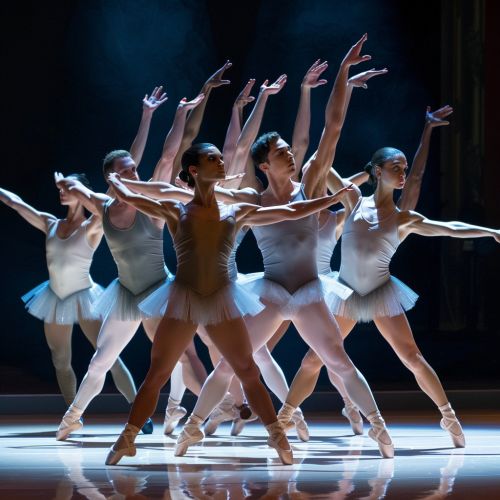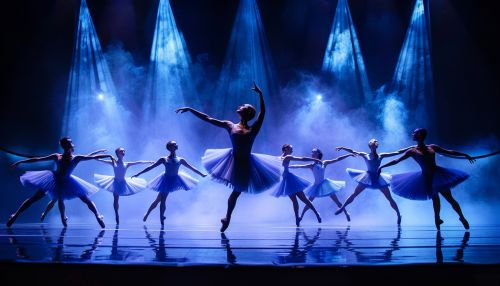Neoclassical ballet
Origins and Development
Neoclassical ballet is a genre that emerged in the 20th century as a reaction against the perceived rigidity and formality of classical ballet. This style of dance sought to break free from the strict rules of classical ballet and explore new ways of movement and expression. It was heavily influenced by the work of choreographers such as George Balanchine and Sergei Diaghilev, who were pioneers in the development of this style.


Characteristics
Neoclassical ballet is characterized by its emphasis on structure and symmetry, while also incorporating elements of modern dance. It often features complex choreography, with dancers performing intricate steps and movements. Unlike classical ballet, which often tells a story, neoclassical ballet is typically plotless and focuses more on the movement and the music. The music used in neoclassical ballet is often contemporary or 20th-century classical music, which sets it apart from classical ballet which typically uses music from the 19th century.
Technique
The technique used in neoclassical ballet is based on the principles of classical ballet, but with a greater emphasis on speed, energy, and precision. Dancers are required to have a strong technical foundation, as the choreography often includes complex turns, jumps, and lifts. The use of pointe work is common, but not as prevalent as in classical ballet. The movements in neoclassical ballet are often more fluid and less constrained than in classical ballet, allowing for greater freedom of expression.
Influence and Impact
Neoclassical ballet has had a significant impact on the world of dance, influencing many contemporary choreographers and dancers. It has also played a role in the development of other dance genres, such as contemporary ballet and postmodern dance. The style continues to be popular today, with many ballet companies around the world performing neoclassical works.
Notable Choreographers and Works
Some of the most notable choreographers of neoclassical ballet include George Balanchine, Sergei Diaghilev, and Jerome Robbins. Balanchine's works, such as "Agon" and "Symphony in C", are considered classics of the genre. Diaghilev's Ballets Russes, which included works by Balanchine and other choreographers, was instrumental in the development of neoclassical ballet. Robbins, known for his work on Broadway as well as in ballet, also created several notable neoclassical works, including "Dances at a Gathering" and "The Concert".
